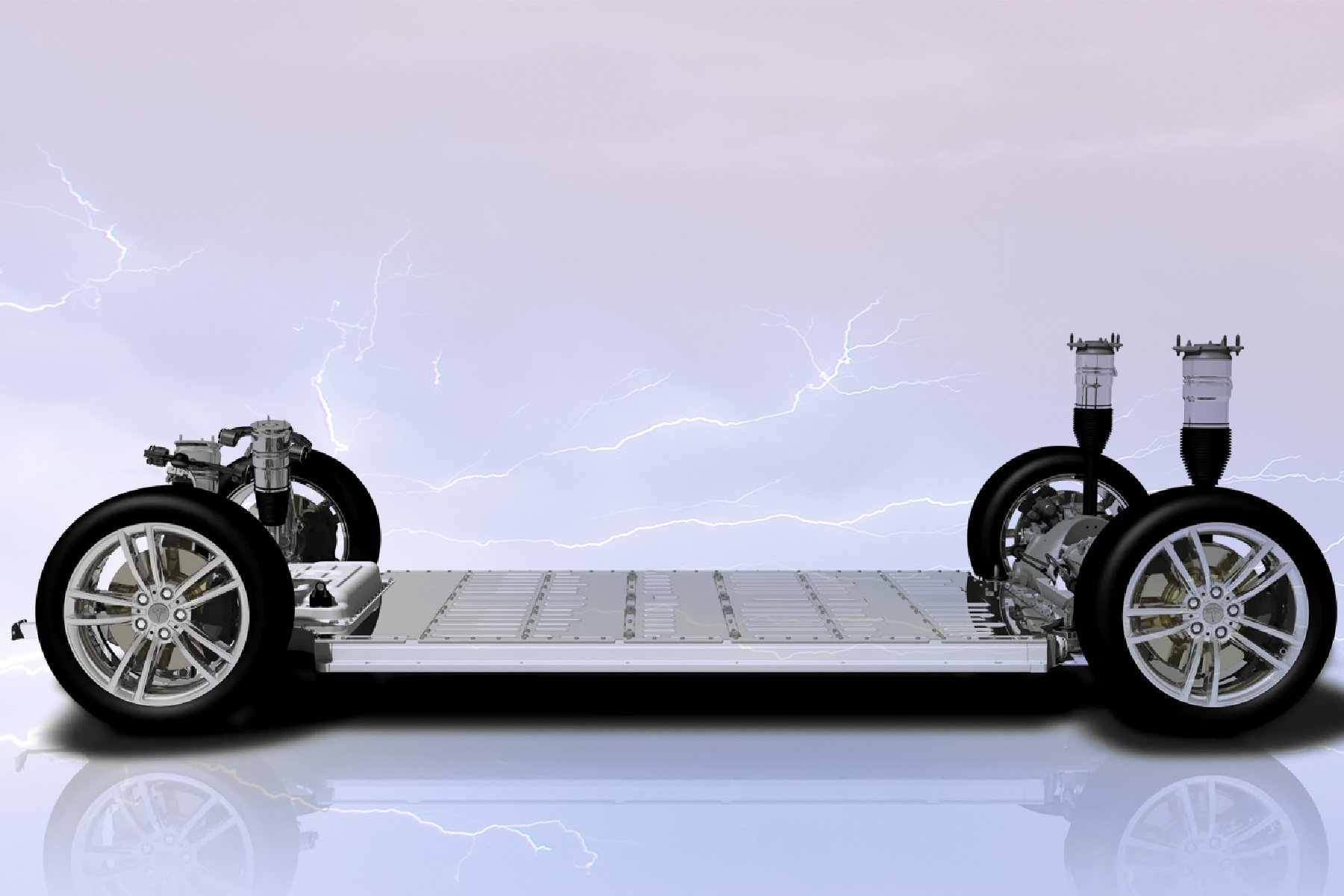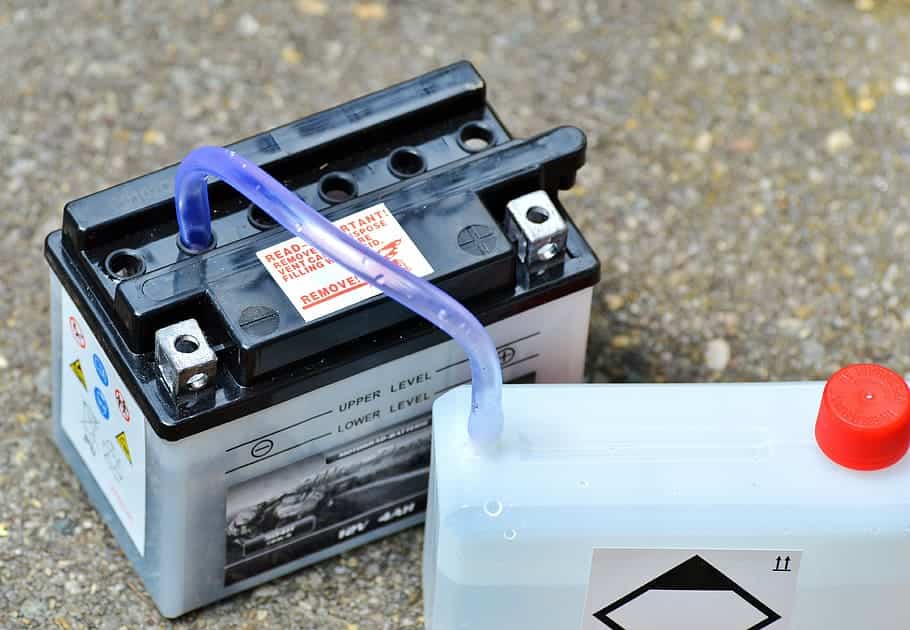
Researchers from the University of Cambridge and Harvard University have developed a method to dramatically extend the lifetime of organic aqueous flow batteries, improving the commercial viability of a technology that has the potential to safely and cheaply store energy from renewable sources such as wind and solar, writes the University of Cambridge in a press release.
The process works a bit like a pacemaker, periodically providing a shock to the system that revives decomposed molecules inside the batteries. Their results, reported in the journal Nature Chemistry, demonstrated a net lifetime 17-times longer than previous research.
“Organic aqueous redox flow batteries promise to significantly lower the costs of electricity storage from intermittent energy sources, but the instability of the organic molecules has hindered their commercialisation,” said co-author Michael Aziz from Harvard. “Now, we have a truly practical solution to extend the lifetime of these molecules, which is an enormous step to making these batteries competitive.”
Batteries made with natural elements
Over the past decade researchers have been developing organic aqueous flow batteries using molecules known as anthraquinones – composed of naturally abundant elements such as carbon, hydrogen, and oxygen – to store and release energy.
Over the course of their research, the team discovered that these anthraquinones decompose slowly over time, regardless of how many times the battery has been used.
In previous work, the researchers found that they could extend the lifetime of one of these molecules, named DHAQ but dubbed the ‘zombie quinone’ in the lab, by exposing the molecule to air. The team found that if the molecule is exposed to air at just the right part of its charge-discharge cycle, it grabs oxygen from the air and turns back into the original anthraquinone molecule — as if returning from the dead.
But regularly exposing a battery’s electrolyte to air isn’t exactly practical, as it drives the two sides of the battery out of balance — both sides of the battery can no longer be fully charged at the same time.

An electrical method reverses the decomposing process
To find a more practical approach, the researchers developed a better understanding of how the molecules decompose and invented an electrical method of reversing the process.
Researchers from Professor Clare Grey’s group in Cambridge’s Yusuf Hamied Department of Chemistry, carried out in situ nuclear magnetic resonance (NMR) – essentially ‘MRI for batteries’ – measurements and discovered the recomposition of active materials by an electric method, the so-called deep discharge.
The team found that if they performed a deep discharge, in which the positive and negative terminals of the battery get drained so that the voltage difference between the two becomes zero, and then flipped the polarity of battery, forcing the positive side negative and the negative side positive, it created a voltage pulse that could reset the decomposing molecules back to their original form.
Extreme discharge helps
“Usually, in running batteries, you want to avoid draining the battery completely because it tends to degrade its components,” said co-first author Yan Jing from Harvard. “But we’ve found that this extreme discharge where we actually reverse the polarity can recompose these molecules — which was a surprise.”
“Getting to a single-digit percentage of loss per year is really enabling for widespread commercialisation because it’s not a major financial burden to top off your tanks by a few percent each year,” said Aziz.
The research team also demonstrated that this approach works for a range of organic molecules. Next, they aim to explore how much further they can extend the lifetime of DHAQ and other inexpensive anthraquinones that have been used in these systems.
Selected for you!
Innovation Origins is the European platform for innovation news. In addition to the many reports from our own editors in 15 European countries, we select the most important press releases from reliable sources. This way you can stay up to date on what is happening in the world of innovation. Are you or do you know an organization that should not be missing from our list of selected sources? Then report to our editorial team.






